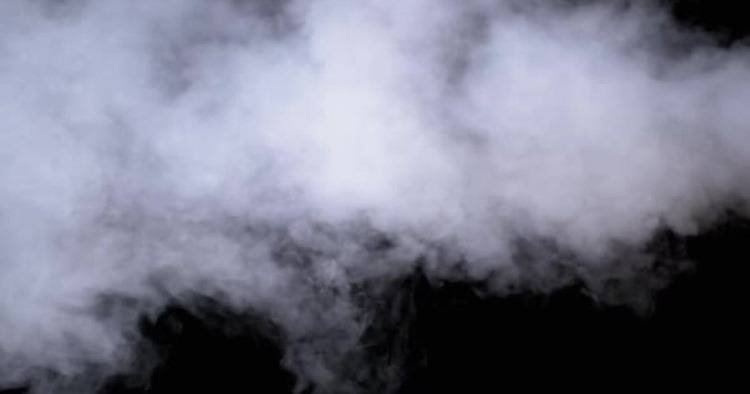Traditional and Common Preparation Methods
Plate Pressing Method
The plate pressing method remains a cornerstone in the preparation of solid samples for infrared spectroscopy. This traditional technique leverages potassium bromide (KBr) as a diluent to facilitate the creation of transparent flakes, which are then ideal for infrared analysis. The process begins with the careful mixing of the solid sample with KBr, ensuring a homogeneous blend that minimizes any potential spectral interferences.
To achieve the desired transparency, the mixture is typically ground to a fine powder, often using a mortar and pestle. This grinding step is crucial as it ensures that the particles are of uniform size, which is essential for the subsequent pressing process. Once ground, the mixture is placed into a die and subjected to high pressure, often in the range of several tons, using a hydraulic press. This high-pressure application forces the mixture into a compact, transparent disc.
The resulting KBr disc is not only optically clear but also mechanically stable, making it suitable for direct placement into the infrared spectrometer. The use of KBr as a diluent is particularly advantageous as it is transparent to infrared radiation and does not absorb in the regions commonly used for sample analysis, thereby minimizing background noise.
Despite its widespread use, the plate pressing method is not without limitations. The high pressures required can sometimes lead to mechanical degradation of certain samples, and the method is generally unsuitable for samples that are hygroscopic or prone to ion exchange. However, for many solid samples, the plate pressing method remains the gold standard due to its simplicity and effectiveness in producing high-quality infrared spectra.

Paste Method
The paste method represents a significant advancement over the plate pressing method in the preparation of solid samples for infrared spectroscopy. Unlike the plate pressing method, which relies on potassium bromide as a diluent, the paste method employs paraffin oil or fluorine oil to grind the sample. This shift in technique addresses several critical limitations inherent in the plate pressing method.
One of the primary advantages of the paste method is its ability to mitigate ion exchange issues. In the plate pressing method, the use of potassium bromide can lead to ion exchange with the sample, potentially altering its chemical composition. By substituting paraffin oil or fluorine oil, the paste method effectively eliminates this risk, ensuring that the sample's integrity remains intact throughout the preparation process.
Additionally, the paste method significantly reduces the problem of water vapor absorption. Water vapor can be a significant source of interference in infrared spectroscopy, as it absorbs in the same spectral region as many organic compounds. The use of oil-based grinding agents in the paste method helps to create a more stable environment, minimizing the absorption of water vapor and thereby enhancing the clarity and accuracy of the resulting infrared spectrum.

In summary, the paste method not only overcomes the limitations of the plate pressing method but also provides a more reliable and accurate means of preparing solid samples for infrared spectroscopy.
Advanced Preparation Techniques
Thin Film Method
The thin film method is a sophisticated technique primarily employed for polymer materials, enabling the creation of precise, uniform layers that are ideal for infrared spectroscopy. This method involves the deposition of thin films through either solution-based or hot pressing techniques, ensuring that the resulting infrared spectrum provides pure and unadulterated sample information.
Thin films, which range from fractions of a nanometer to several micrometers in thickness, are formed by placing the material in an energetic, entropic environment. In this environment, particles of the material escape its surface and are drawn to a cooler surface where they form a solid layer. This process is typically conducted within a vacuum deposition chamber, allowing the particles to travel freely and follow a straight path, resulting in directional rather than conformal films.
The deposition methods for creating thin films are categorized into chemical and physical processes. Chemical deposition methods, such as electroplating, sol-gel, dip coating, spin coating, chemical vapor deposition (CVD), plasma enhanced CVD (PECVD), and atomic layer deposition (ALD), involve the reaction of a precursor fluid on the substrate to form a thin layer. These methods are particularly effective for creating intricate structures on various substrates, making them indispensable in the field of infrared spectroscopy.
By utilizing these advanced techniques, the thin film method ensures that the polymer materials are prepared in a manner that maximizes the clarity and purity of the infrared spectrum, providing invaluable insights into the molecular structure and composition of the samples.

Related Products
- Lab Infrared Press Mold
- No Demolding Lab Infrared Press Mold for Laboratory Applications
- kbr pellet press 2t
- Infrared Heating Quantitative Flat Plate Press Mold
- Automatic Laboratory Hydraulic Press for XRF & KBR Pellet Press
Related Articles
- Operating of Automatic Lab xrf Pellet Press
- How FTIR Pellet Press Works in Sample Preparation for Spectroscopy Analysis
- FTIR Pellet Press The Game-Changer in Spectroscopy Analysis
- CIP vs. Metal Mold Pressing What's the Difference
- Pressing Powder Samples and Molding Polymer Films: A Comprehensive Guide















